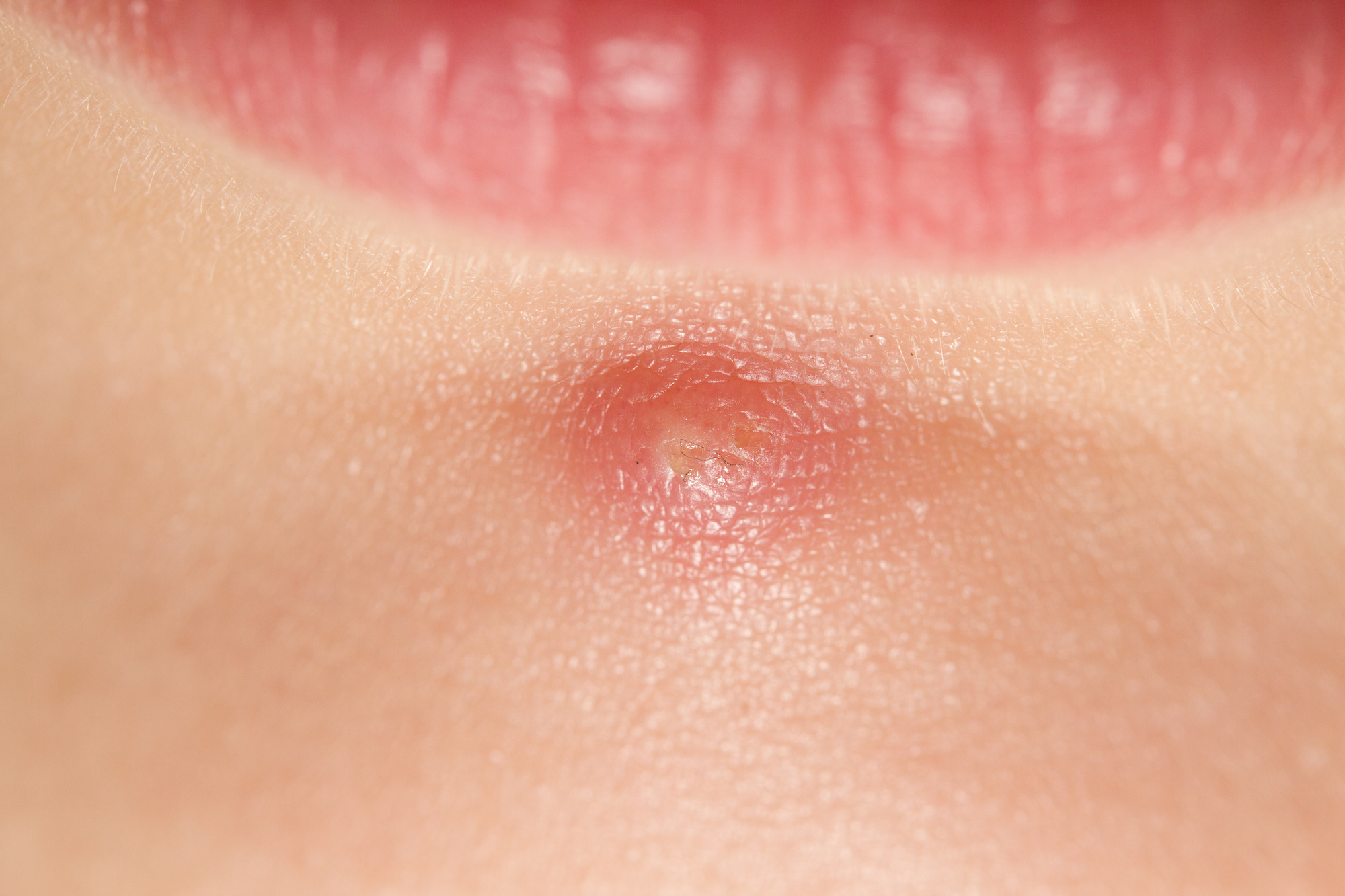 We’ve heard about all the contributors: diet, stress, hormones. Even outside variables, like touching the skin too much, transferring bacteria and pollution can also contribute to acne. But all of these factors really effect one underlying structure in your skin that leads to the development of acne.
We’ve heard about all the contributors: diet, stress, hormones. Even outside variables, like touching the skin too much, transferring bacteria and pollution can also contribute to acne. But all of these factors really effect one underlying structure in your skin that leads to the development of acne.
The Pilosebaceous Unit
“At its core, acne is a disease of the pilosebaceous unit in your skin,” explains Dr. Miriam Hanson, board certified Dermatologist at Sanova Dermatology. “These units are comprised of hair, a hair follicle, a specialized muscle, and sebaceous glands.”
Sebaceous glands produce sebum, an oily substance that lubricates the hair and skin. If the sebaceous gland produces too much, you get oily skin.
Change in the keratinisation pattern of the hair follicle — basically how your skin cells stick together and turn over — can also effect the function of the pilosebaceous unit. If the sebaceous gland gets blocked by sticky skin cells, it allows a bacteria that is always present in your skin to grow rapidly. This bacteria is called Propionibacterium acnes.
Therefore, it’s important for the glands in the pilosebaceous unit to function properly, in order to strike a balance between producing too much or getting blocked, which can result in acne.
“What patients often don’t recognize is that sebaceous glands are directly stimulated by hormone fluxes and stress, leading to increased oil production,” notes Dr. Hanson. That’s why acne is often synonymous with teenagers, and the hormonal changes they go through.
Of course, acne isn’t limited to teenagers. Blocked pores and over-producing sebaceous glands can occur at all ages.
Contact Us
If you’re suffering from acne and want a dermatologist to devise a plan for your skin, please contact us today. Our team can help identify the best methods to treat and heal your skin.
